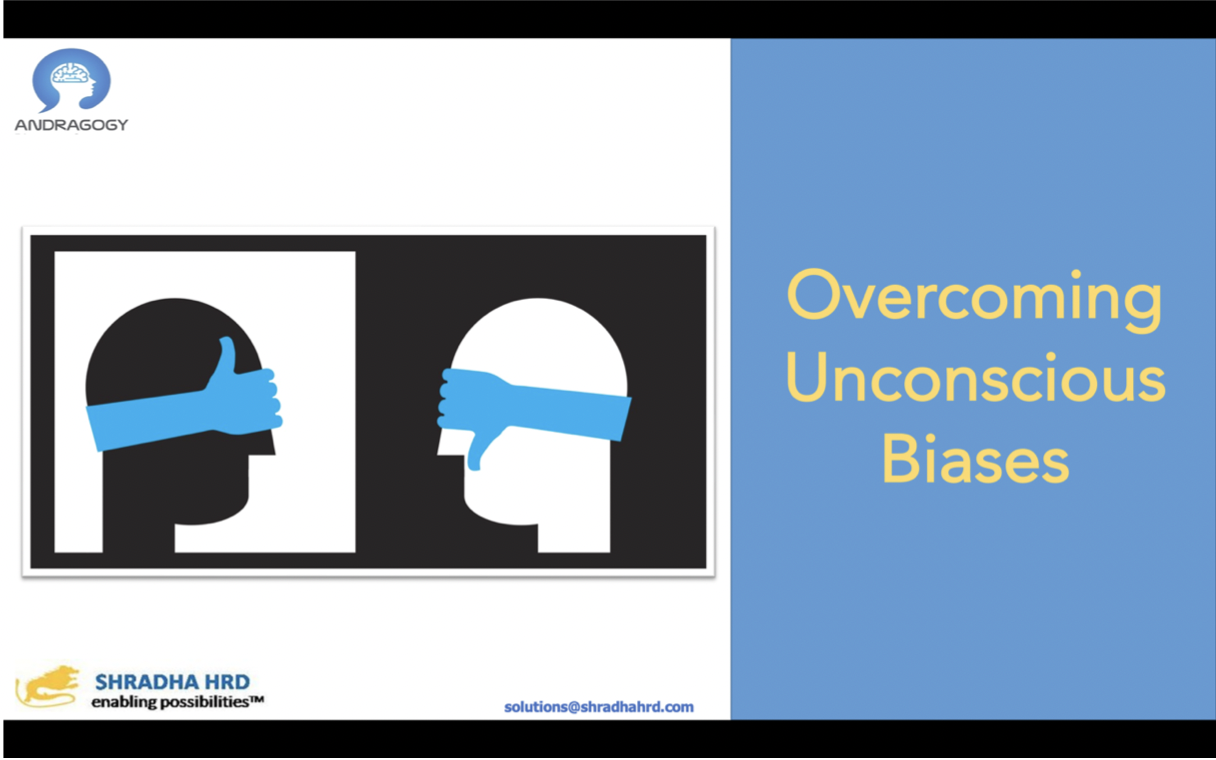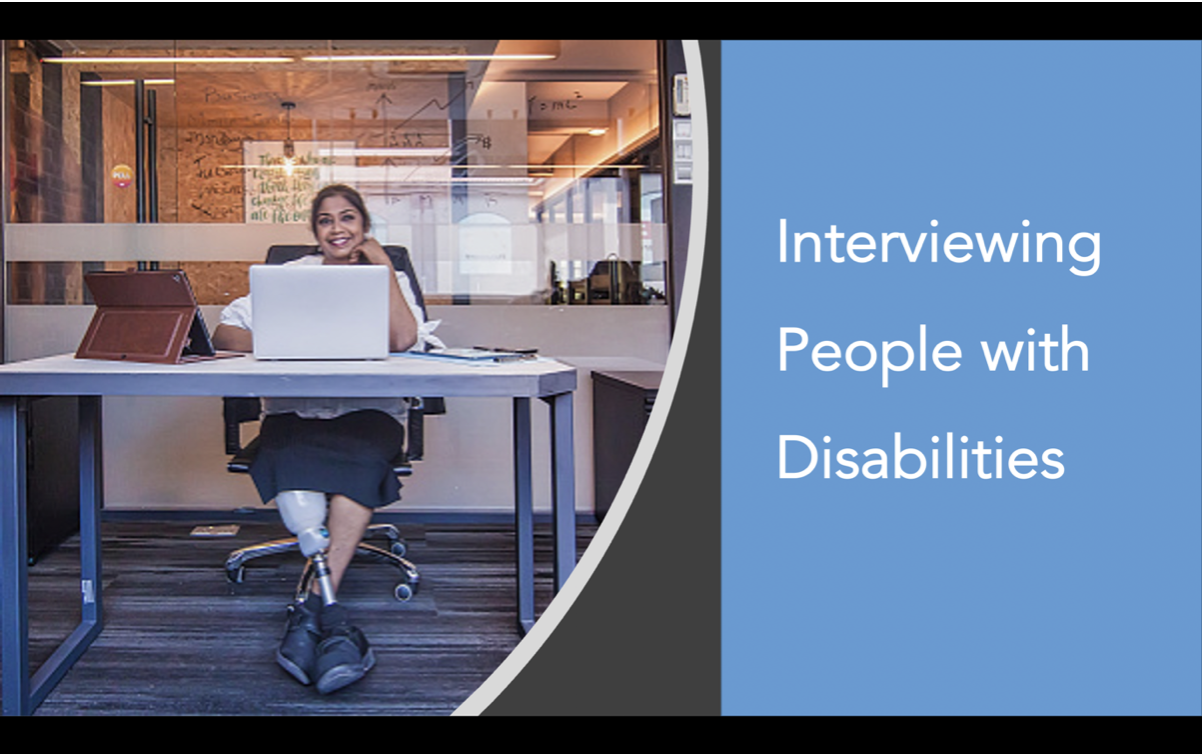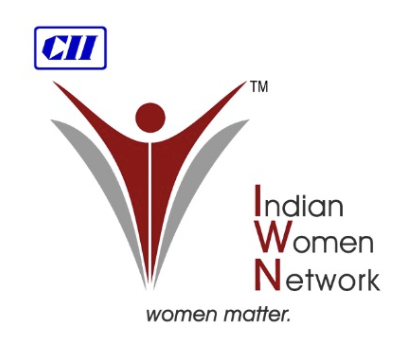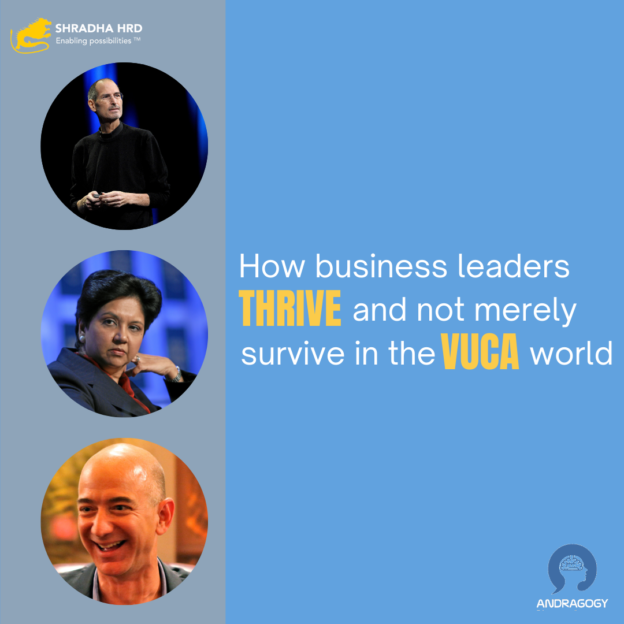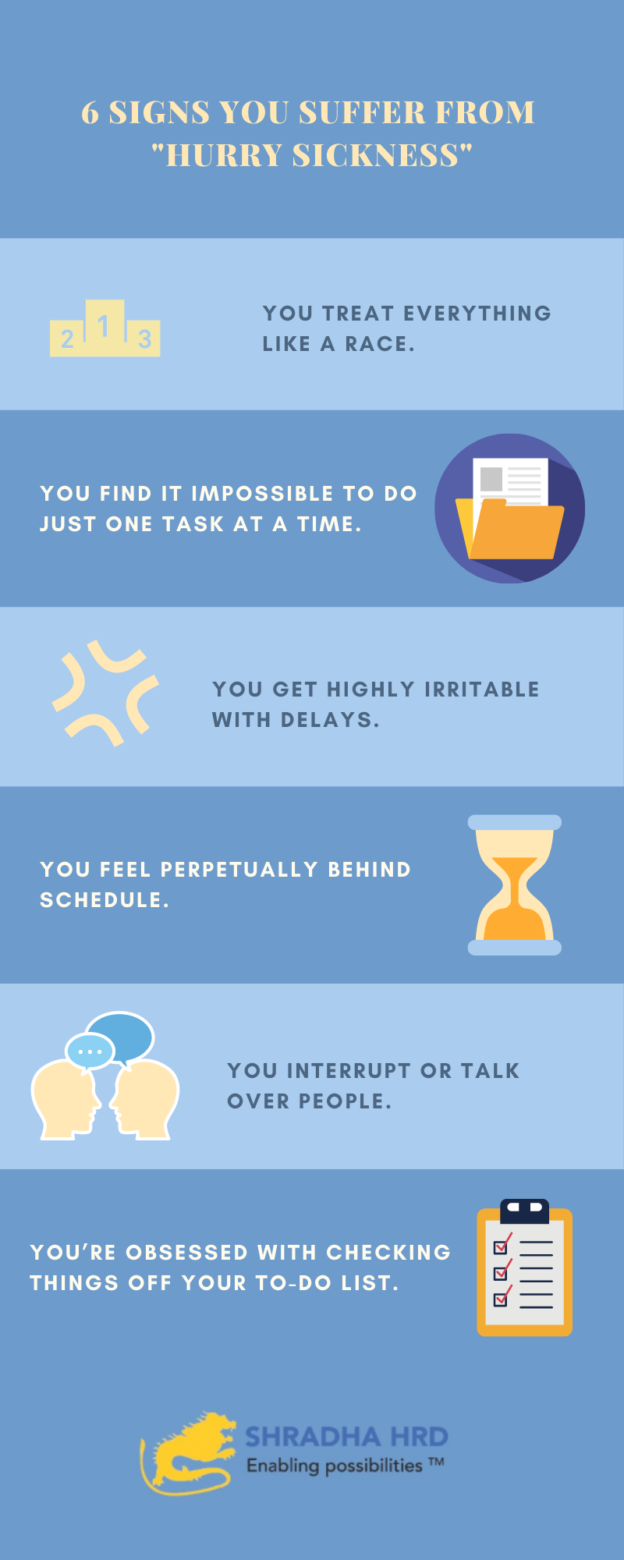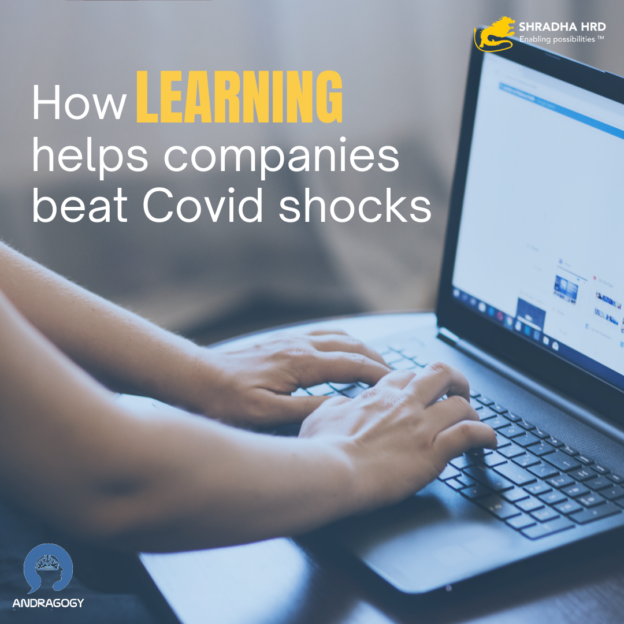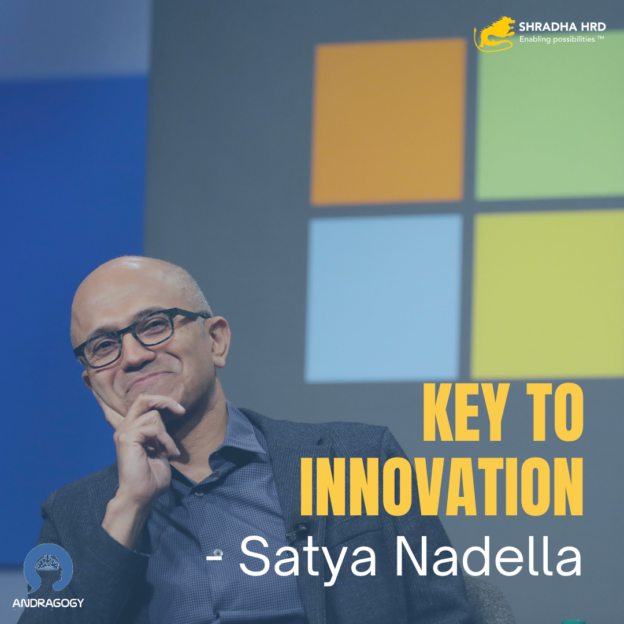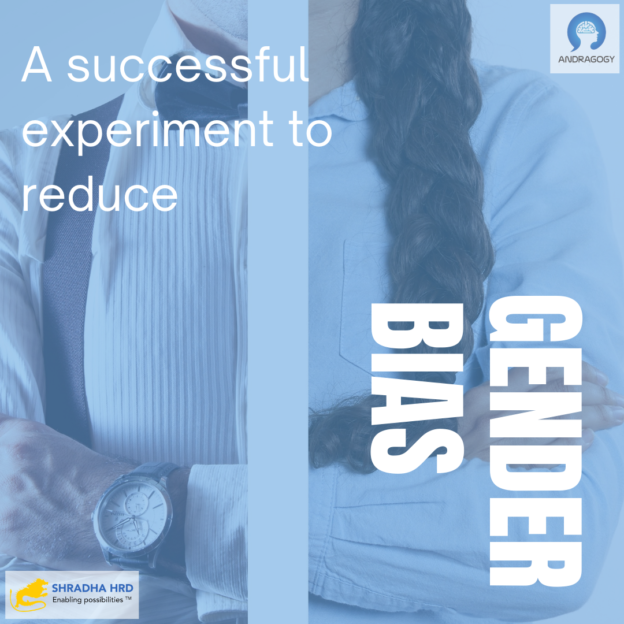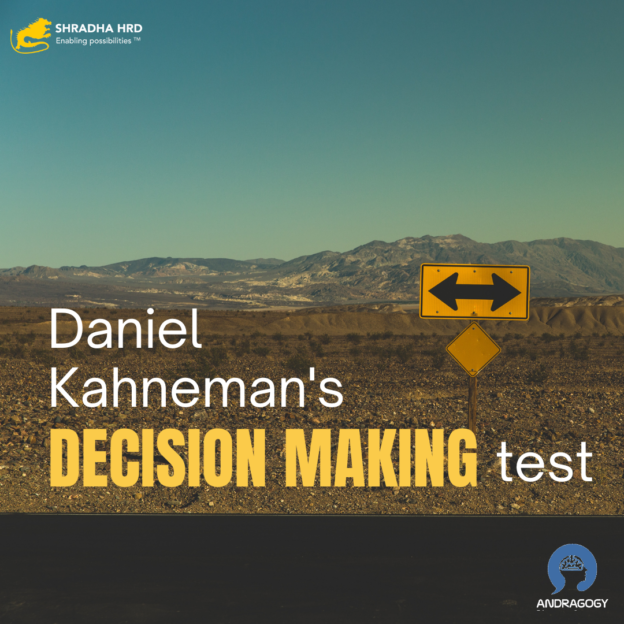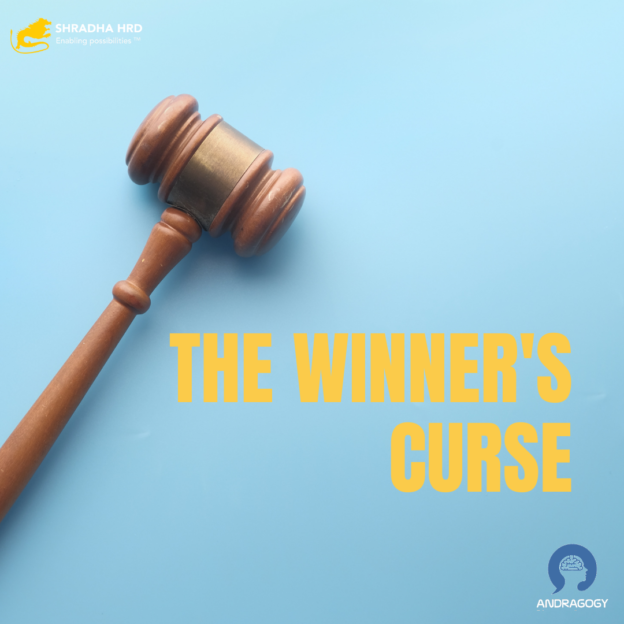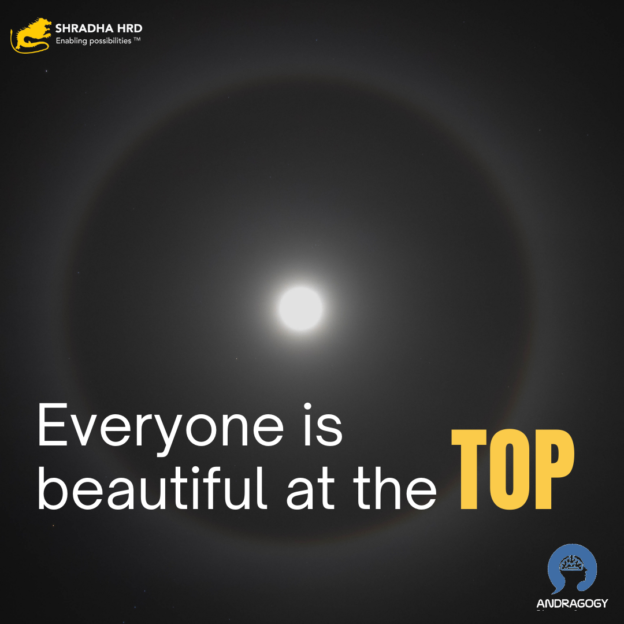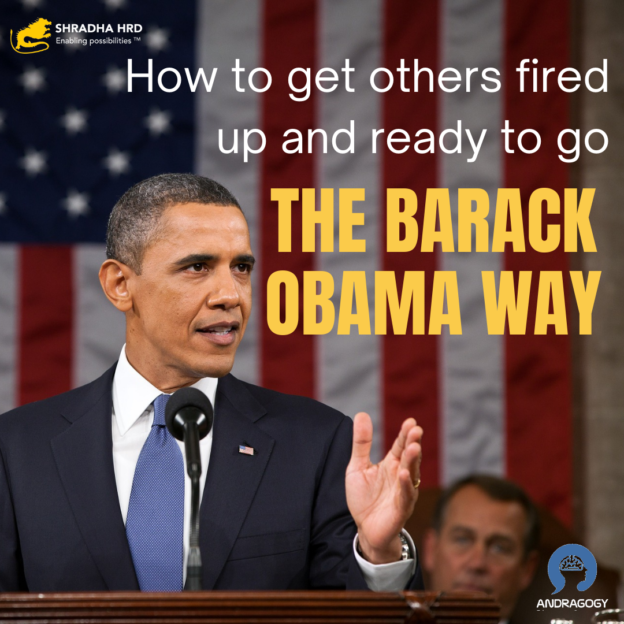The Landscape: Our client has a large amount of age diversity in their workforce. A mix of Gen X, Gen Y and Gen Z.
The management style of the legacy and tenured managers is very command and control. Gen Z is looking at a more participative, empathetic and engaged leadership style. They are eager to learn and want their managers to actively work with them on this journey.
The Solution: Through a simulation-based approach, managers identified specific issues their team members needed to be coached on. A structured coaching plan was prepared and implemented, first in the training room and then real-time at the workplace.
The themes that were covered:
1. Fundamentals of coaching
2. Prepare for a coaching conversation
3. Use the GROW model to coach
4. Drive productivity through coaching conversations
Program Impact: Participants were sensitized to the fundamental principles on using coaching as a tool, to drive productivity and engage with teams. They used this knowledge and awareness to initiate coaching conversations with members and drive growth.

